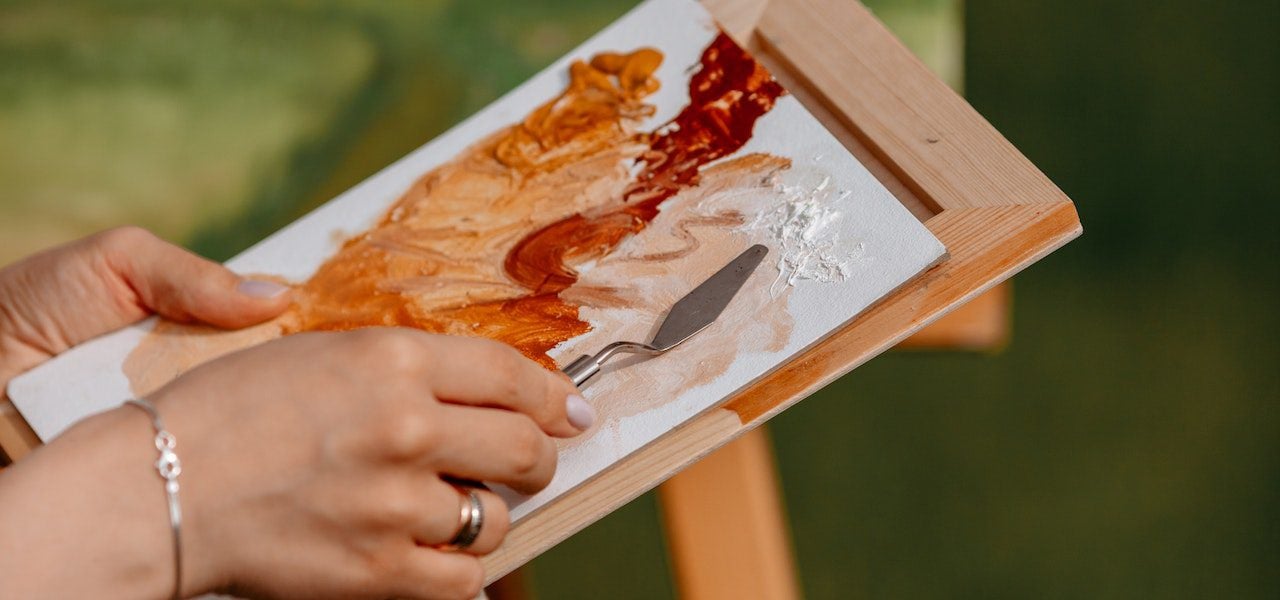Alanna is apologizing for interrupting the interview, having to run to the next room to see what has her boy so upset.
“I’m sorry hunny, mommy can’t do anything about the internet,” she tells him, before returning to the phone, apologizing once again. No need, she is reminded.
Being a single mother, working full time – and maintaining recovery – is hard work. Hard work. Wearing so many hats over her long blonde hair, at 41, she is trying to be everywhere. The journalist is prying about where she came from, how she got there, how she got out. The more she talks, the more the miracle unveils. She has one of those stories that makes you shake your head.
Born into what on the surface should have, could have, been a homerun. Upper middle class in Toronto, two professional white-collar parents, good neighborhoods, good schools.
Only in the roll of the dice that is addiction, Alanna’s numbers came up with snake eyes. Not good. Life on the streets is not Monopoly. The second roll in the jungle is often as snarly as the first.
Hidden inside her private inner landscape, behind the public scene of her upbringing, lived another side of her; an extremely anxious one. A shy one. One with low self-worth. And she was being bullied. It affected her deeply.
Alanna discovered the mood-altering magic of alcohol by 13, a relationship which wielded a double-edged sword over her for much of the next 25 years.
“I have never had a healthy relationship with alcohol. From the very first time I ever got drunk, I could never find that sweet spot, right?” she says. “The first time I drank I fell through a glass table. I was very lucky to be alive, very lucky that I came out of that unscathed. It shattered into a million pieces.”
“It really speaks to what my relationship with alcohol was like. It was fun for a minute … but then it was always fun with problems. But I still loved how it made me feel.”
Of course, not everyone who drinks no matter what age, is affected in a way that leads to problems. But those who are, can see the progression and perimeter damage when they step back. If they step back.
By high school Alanna was running with an older crowd. Alcohol begat rave drugs, friends became dealers, and crime and all sorts of misbehaving was all around.
“That is probably when I should have gone into treatment,” she says, shaking her head.
“Substances did many things for me. First thing was they took away the intensity of my feelings. I could not handle the way that I felt.”
“The second thing that they did was provide me an escape from reality. I felt so uncomfortable in my own body. Really, I felt that life was something to be endured. I don’t know why God made me born …”
So, she used, and her disease progressed.
She dropped out of school and the resume of her addiction ballooned.
“By 16, I had experimented with almost every drug that was out there, she says. I did not discriminate.”
Not unlike many addicts, she could seemingly turn it on, turn it off. She returned to school eventually, even went on to get an honors degree in Psychology from York University, backed up by political science. But the on/off switch was disconnecting regularly.
The family was in disarray. Her parents and siblings were terrified of what they were seeing, uncomfortable with whom Alanna was spending time, and confused about what was happening to the girl they once knew.
“My innocence was gone. I was doing things I thought I would never do. My parents still raised me with values,” she recalls. “I was stealing, lying. Sexually I was all over the place. Just doing incomprehensible, demoralizing things.”
Alanna was married by 26, but it was a union filled with secrets. Two children – a boy, and a girl – did nothing to change the trajectory. She divorced at 35. A career in marketing blew up, 10 years into a six-figure paying job.
“I progressed substantially after my divorce to the point of no return. I crossed that line. By the end, morning, noon, and night I drank. If I have the flu, I drink. I was also a cocaine addict. In order to get up in the morning and beat a hangover, I’d drink and have a line. I would stay up all night drinking and drugging. If I didn’t drink, I would have trembles. It was my primary food group. It was awful.”
A series of treatment centres from central Ontario to Provost, Utah paused the carnage, but granted her no stability. She was a “chronic relapser” by her own terminology, never finishing a program, always headstrong – good to go against all advice to stay longer. Once, leaving a recovery center where she’d been a patient three times, she was drunk five hours later.
“I went right back to the places I had come from, around the people that I had drank with.”
In May 2020, she was out of answers.
“I was dating someone who was a fentanyl addict. He relapsed. I started relapsing with him and that is when I was like, no. This is really scary. I am going to die. I can’t do this to my kids. I called Bellwood.”
Isn’t it true that when the end is near, sometimes the door you need to use is right in front of you?
Bellwood, the flagship Edgewood Health Network centre started by Dr. Gordon Bell in the 1960s, is located less than five miles from where Alanna was raised. Her parents had her children, and her life was in shambles. So, she went to Bellwood, her sixth recovery attempt, though her plan was to do detox only.
“I was only staying for three to five days. I went out into the (patient) community. I got an opportunity to go into the process groups and all that kind of stuff. I saw right in front of my eyes people who were graduating, and they had radically changed in a way I had never seen at any treatment centre.”
The inspiration kept building. Abstinence began to take hold.
“At five days, I was like, okay I will stay for 10 days. Then 10 days turned into I will stay for two weeks. Before I knew it, for the first time ever, I had stayed in treatment for the full time. For seven weeks. I graduated. I had never done that before. I give that credit to Bellwood.”
It is two years later; Alanna is home from a day’s work in her position of helping Bellwood alumni settle into life without the chaos of active addiction. She is telling her story, what it was like, what happened, what it is like now. To get the interviews done for this story, Her life it took more than a dozen emails, phone calls, and Zoom meetings to get it all together.
Today Alanna is a single mother who works full time and attends at least four mutual aid meetings a week. She sponsors women, has a sponsor, does service work. It is that simple, and that complicated.
Between reassuring the kids that everything is alright in the world, she is reflecting on her journey. At two years sober, she has some important scar tissue building. She is clearly a grateful person, and one who knows where she came from.
“In many ways, drugs and alcohol helped me face the day and kept me alive long enough to find Bellwood. If I had it my way, I would not be here alive today. It was that hopeless for me.”
Since Bellwood, her trajectory has been rising, but the highs not so high, the lows not so low.
“You know, the first year was about going through life, and just maintaining my sobriety. No matter what, just don’t drink. For me it was just about how am I going to get through, regulate my emotions, handle my kids, do that sober?” she says.
“The second year is radically different. It is more about me finding meaning and purpose now that I know who I am. How am I going to show up in this world? How am I going to contribute to this game of life? It is really about digging deeper, peeling layers. It is more about relationships and growing in different ways.”
Alanna is also giving back in her career choice. In January she started work at her alma mater, Bellwood. She is in the Alumni Relations department, connecting with people who have been through the many programs offered in Bellwood’s wide doors. With her psychology background, the marketing years, and now recovery coaching qualifications, Alanna is looking forward to the interventionist status in her future, with likely a master’s in counseling on the horizon too., She is doing what she loves to do; stay sober, help others, show everyone what recovery looks like.
As she works her way through her amends process, her relationships with her family are healing. She is best friends with her mother, and they often dine and travel together.
Her children, the highlight of her life, are where they should be. Close to her, prioritized, and looked after.
“My kids trust me. They don’t really talk much about the past. They see my resiliency. They come to meetings with me, they see me not just talking the talk, they see me walking the walk,” says Alanna.
“I am the one who tucks them in at night, I am the one who wakes up with them in the morning. I am the one who does schoolwork, I am the one who prepares them dinner. I am the one who gives them advice on how to handle life.”
She projects a sense of gratitude, confidence, and pride in how it’s all working out.
“Obviously, I wish that they didn’t go through what they went through. No child should go through that. But I am proud that they get to see me recover from it. They know that I chair meetings. They are there. They see that I am trying to help people. Those are qualities that I want to instill in them”
“My life has become so big and beautiful, and my kids get to share in that light with me. To see me recover and thrive is very powerful experience for them, also.”
That is what recovery looks like today. Alanna S. is on her path, and she is fully invested.



